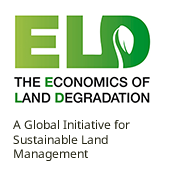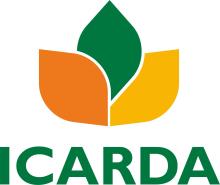Resource information
Jordanian rangelands are a source of valued livestock produce, carbon storage, biodiversity, and medicinal plants. They also serve as watersheds that receive rainfall, yield surface water, and replenish groundwater throughout the area east and south of the western Jordan highlands. Appropriate land management, which is currently lacking, can protect and maximize these services for society. With the acceleration of desertification, land degradation and drought during the twenty-first century in the arid and semi-arid regions of Jordan, these services are becoming jeopardized. It is therefore increasingly urgent to define and pursue viable strategies to reverse this trend. One approach which is gaining increasing attention in Jordan is the ‘Al-Hima’ land management system.This is a historical and traditional system of land management in the Arab region that encourages the sustainable, shared use of common resources amongst relevant communities.To inform the debate surrounding this approach,this paper presents an ex-ante cost-benefit analysis of large-scale rangeland restoration through the Hima system within the Zarqa River Basin, drawing on experience from a pilot initiative by IUCN and the Jordanian Ministry of Agriculture (MoA) since 2010. The ecosystem services that arise from rangeland restoration are valued using a combination of stated preference, avoided costs,replacement cost and market prices approaches.The economic analysis has built on high-resolution remote sensing, GIS, and biophysical soil and water assessment tools, and was elaborated to rigorously calibrate the impact of land use changes on forage availability, ground water infiltration, carbon sequestration, and sediment stabilisation. Benefits of large-scale rangeland restoration from the Hima system were found to outweigh the management and implementation costs at a discount rate of 8 per cent. Given this encouraging result, different policy instruments that may be used to incentivize the restoration of rangelands in Jordan are discussed. In particular, ensuring pastoral communities have long-term stakes in rangeland resources, the government should first and foremost assign appropriate land tenure rights to pastoral communities, (e.g., through long term leases) allowing them to effectively manage access to rangeland resources. To finance a change in the governance structure around rangelands, the use of a cross-compliance scheme is suggested, where scarce resources currently dedicated to unconditional fodder subsidies are instead partially diverted to promoting sustainable rangeland management. For example, pastoral communities practicing water harvesting and grazing protocols could become eligible to receive feed subsidies. Such a scheme should be coupled with the provision of regular extension services to increase sustainable resource management capacities within the community. The case is also made for setting up voluntary contractual payments for ecosystem service agreements, where downstream beneficiaries of rangeland restoration compensate upstream communities for their efforts. Appropriate policy instruments that engender sustainable rangeland management and Hima practices are likely to be found in a mix of regulatory and economic incentives.



